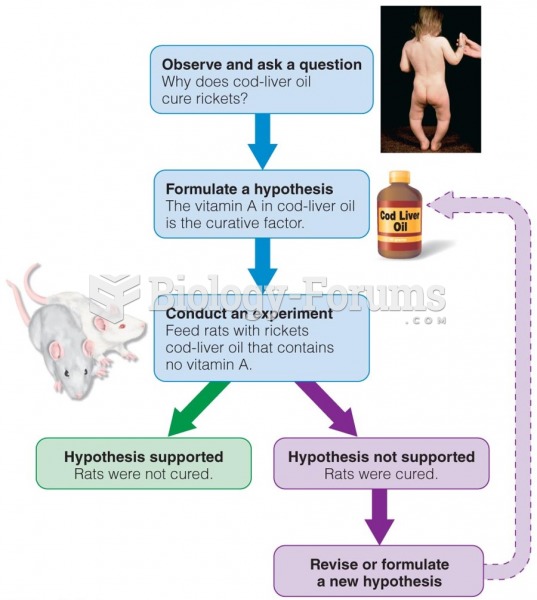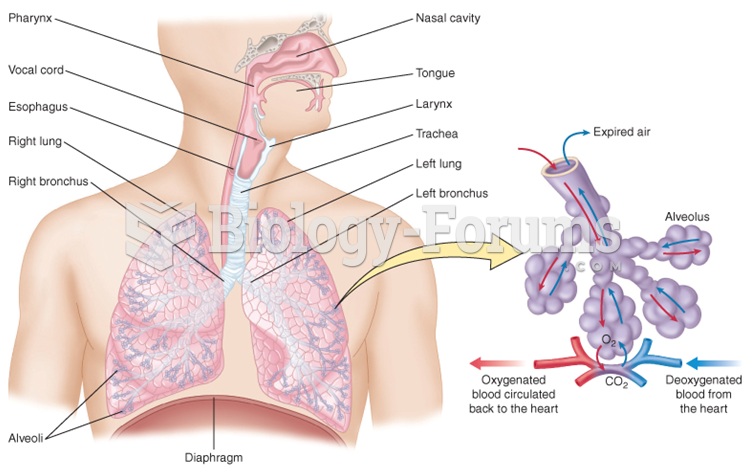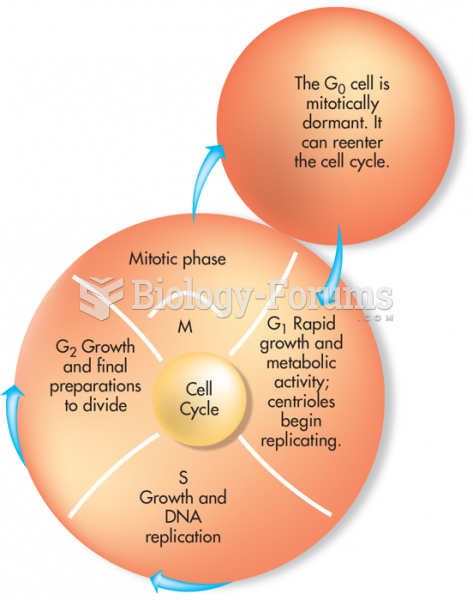Answer to Question 1
A
Answer to Question 2
Answers will vary. Possible answers:
A . Opportunity + Strength = Leverage. The best combination of external and internal factors occurs when there is an opportunity in the environment and a matching strength within the organization to take advantage of the opportunity. The UN's influence derives not from power, but from the values it represents, its role in helping to set and sustain global norms, its ability to stimulate global concern and action, and the trust inspired by its practical work to improve people's lives. We must build on those strengths, especially by insisting on the importance of the rule of law. Doing this will help bring about peace to the many people around the world facing health concerns, including HIV/AIDS, poor nutrition, and unfit living environments. People in poorer countries also need the UN's help in preventing civil war, enforcing civil rights, and reducing the prevalence of firearms around the world.
B. Opportunity + Weakness = Constraint. In a constraint situation, the external opportunity is present. However, the internal situation is not conducive to taking advantage of the external opportunity. With the increase of globalization and technology, people around the world are more connected than ever before, and they are looking to their leaders to help them face the challenges associated with globalization. Thus, the United Nations has a great opportunity to serve as a model of inclusion. Furthermore, new technology can help developing countries to accelerate through early stages of development. Providing developing countries with access to this information will help business and education networks. The UN can use the new information technology to be more efficient and improve its interaction with the rest of the world. However, the UN is currently change-resistant and will need the help of the information technology industry to help them utilize the vast amount of information available and enable change with this information.
C. Threat + Strength = Vulnerability. In this situation, an external threat can be contained because of the presence of internal strengths. The presence of war around the globe is a major threat to the UN. However, with the work of the Security Council, the threat can be deterred. The Security Council needs reforming so it can both work effectively and enjoy unquestioned legitimacy. Furthermore, the UN must expand its relationship with civil society organizations, as well as with the private sector and foundations. Further strengthening the Security Council will ensure that the threat of war across the globe is contained. In the last decade internal wars have claimed more than 5 million lives, and driven many times that number of people from their homes. At the same time, weapons of mass destruction continue to cast their shadow of fear. By working with the Security Council and finding strength in the shared values held by the nations in the UN, the UN resolves to lessen the threat of deadly conflict at every stage:
Prevention. Conflicts are most frequent in poor countries and the best way to prevent them is to promote healthy and balanced economic development combined with human rights, minority rights, and political arrangements in which all groups are fairly represented
Protecting the vulnerable. We must find better ways to enforce international and human rights law, and ensure that gross violations do not go unpunished.
Addressing the dilemma of intervention. National sovereignty must not be used as a shield for those who wantonly violate the rights and lives of their fellow human beings
Strengthening peace operations. Operate more effective peace operations.
Targeting sanctions. Recent research has explored ways to make sanctions smarter' by targeting them better. The Security Council should draw on this research when designing and applying sanctions regimes in future.
Pursuing arms reductions. The Secretary-General urges Member States to control small arms transfers more rigorously; and to recommit themselves to reducing the dangers both of existing nuclear weapons and of further proliferation.
D. Threat + Weakness = Problem. In the worst of the situations, there is an external threat and an accompanying internal weakness. The global environment is suffering because the UN has not committed to helping keep the environment safe. The security and viability of future generations is at stake. We have been plundering our children's heritage to pay for unsustainable practices. The UN must commit to helping the following areas:
Coping with climate change. Reducing the threat of global warming requires a 60 percent reduction in emissions of carbon and other greenhouse gases.'
Confronting the water crisis. The report urges endorsement of the World Water Forum Ministerial Conference's target of cutting by half the proportion of people without access to safe and affordable water before 2015
Defending the soil. The best hope of feeding a growing world population from shrinking agricultural land may lie in biotechnology, but its safety and environmental impact are hotly debated
Preserving forests, fisheries, and biodiversity. In all these areas, conservation is vital. Governments and the private sector must work together to support it.
Building a new ethic of stewardship. The Secretary-General recommends four priorities: include more education for the public, integrate the environment into economic policy, implement regulations and incentives, and receive more accurate scientific data.







